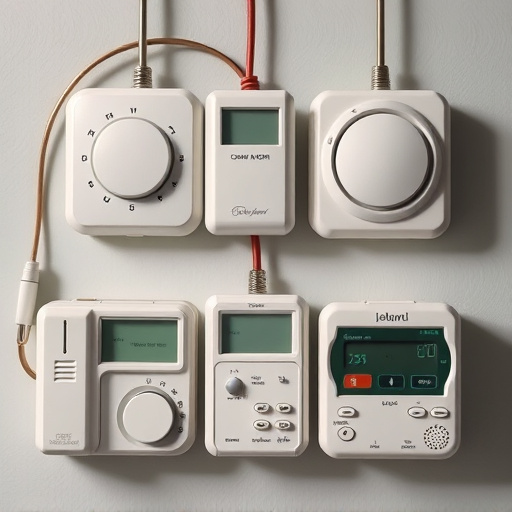The Personal Alarm Range in Buildings is an essential emergency preparedness tool using sensor networks and wireless technologies to detect hazards like smoke or unauthorized access, broadcast alerts via loudspeakers or mobile devices, and facilitate automatic lockdowns. These systems, crucial for occupant safety and security, promote a culture of awareness with features like adjustable settings, strong signal penetration, GPS tracking, and cellular connectivity, ensuring swift responses and minimizing harm in emergencies.
- Understanding Electronic Personal Safety Alert Systems: How They Work
- Benefits of Implementing Personal Alarm Range in Buildings
- Choosing the Right Electronic Personal Safety Alert System for Your Space
Understanding Electronic Personal Safety Alert Systems: How They Work
Electronic personal safety alert systems are designed to protect individuals within buildings by providing a means of immediate communication and response during emergencies. These systems work through a network of sensors, alarm devices, and connectivity solutions that monitor various conditions such as smoke, carbon monoxide, or unauthorized entry. When triggered, these alerts can be heard through loudspeakers placed throughout the building or sent directly to personal mobile devices.
The Personal Alarm Range in Buildings plays a crucial role in ensuring swift action during critical situations. These systems are often integrated with access control mechanisms, allowing for automatic lockdown of facilities and isolation of potential hazards. By utilizing wireless technologies like Wi-Fi or Bluetooth, alerts can be broadcasted over a defined area, enabling occupants to take necessary precautions promptly. This interconnected approach enhances overall safety by fostering a culture of awareness and preparedness among building users.
Benefits of Implementing Personal Alarm Range in Buildings
Implementing a personal alarm range in buildings offers significant benefits for occupant safety and security. These systems empower individuals to quickly and discreetly alert others or emergency services in case of danger, making them invaluable tools in high-risk environments such as schools, offices, and residential complexes. With just a simple press of a button, a personal alarm can trigger an immediate response, ensuring swift assistance during emergencies.
Moreover, the presence of personal alarms promotes a sense of community safety. Occupants feel more secure knowing they have a means to protect themselves and their neighbors. This added layer of protection can significantly reduce reaction times during incidents, potentially saving lives and minimizing harm. A well-installed personal alarm range in buildings is an investment in the overall security and well-being of everyone within its premises.
Choosing the Right Electronic Personal Safety Alert System for Your Space
When selecting an electronic personal safety alert system, understanding your space is key. Different environments require specific features to ensure optimal protection. For instance, a personal alarm designed for outdoor use might not be suitable for indoor spaces due to varying range limitations—an important factor in buildings, especially tall ones where signals can weaken. Look for systems with adjustable settings and good signal penetration capabilities to cover every nook of your area effectively.
Consider the layout, size, and unique challenges of your location. For example, if you operate a large facility or live in a multi-story home, choose a system that offers comprehensive coverage and robust signals. Some models incorporate advanced technologies like GPS tracking or cellular connectivity for even greater peace of mind, especially when venturing into areas with limited network access.
Electronic personal safety alert systems, particularly those with a focus on the Personal Alarm Range in Buildings, offer enhanced security and peace of mind. By understanding their functionality and choosing the right system for specific spaces, buildings can effectively mitigate risks and ensure faster response times during emergencies. Investing in these innovative solutions is a proactive step towards creating safer environments, ultimately fostering a sense of security for all occupants.
